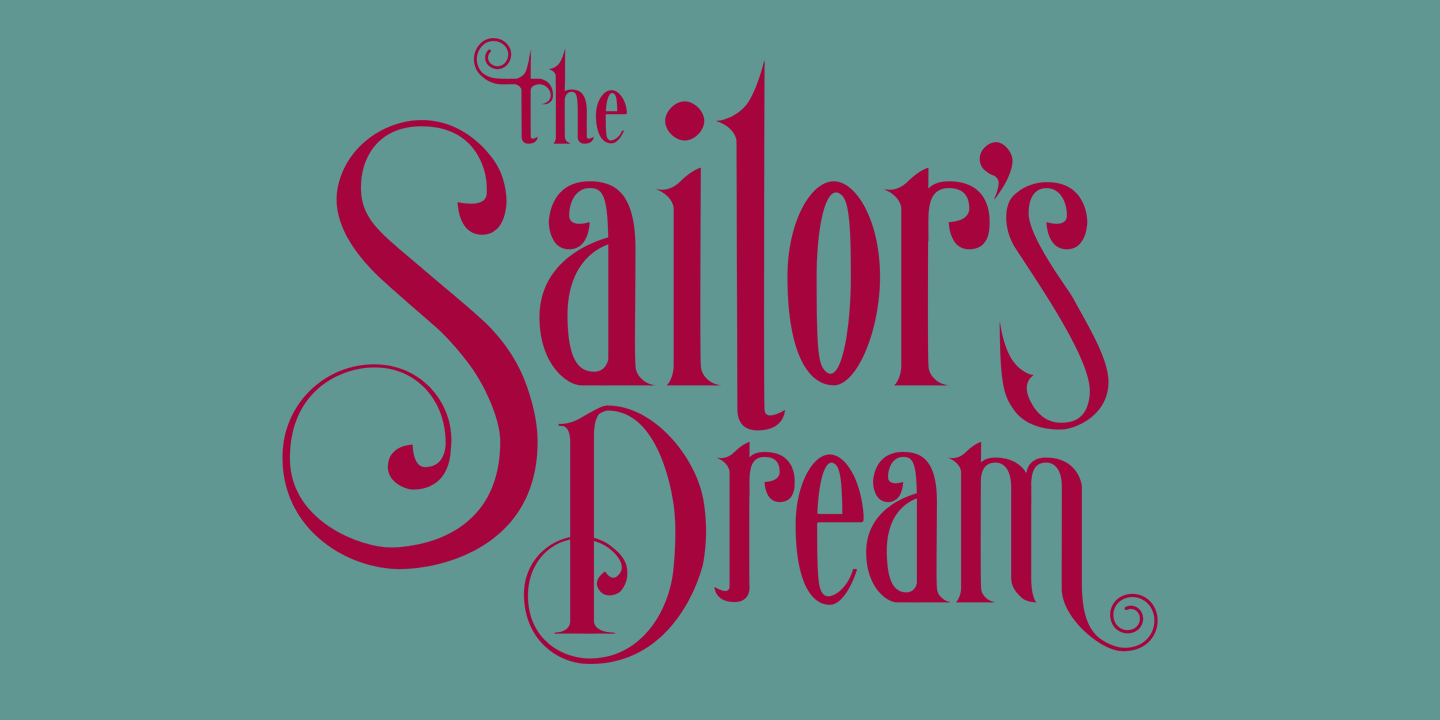
The Sailor’s Dream

Title:
The Sailor’s Dream

Genre:
Narrative Experience

Release date:
Nov 6, 2014
A peaceful narrative experience, in which the only objective is to satisfy your curiosity.
Explore an ocean dream world, in which time passes even when you are not there, visit forgotten islands and piece together memories—some even existing beyond the screen of your device.

Gameplay & Development
The Sailor’s Dream is a game in which you explore memories, through swiping on an ocean, and entering structures to find objects and stories. It features elements depending on the real-world clock, such as messages in bottles appearing on specific days of the week, in-game radio transmissions happening on specific times during the day, and printable drawings. The game does not feature any traditional puzzles, but figuring out how to find every memory does have components of observing hints given in various ways in the story, and it is up to the player to piece together the story and destiny of three characters, told through songs, radio transmissions, written stories and drawings.
When we were making DEVICE 6, we started talking about how it’d be fun to make games in suites of three, in which Kosmo Spin, Bumpy Road and Beat Sneak Bandit would be the first suite and Year Walk, DEVICE 6 and whatever we would make next could also be considered as a unity of sorts. With that in mind, we started to make The Sailor’s Dream in early 2014. We wanted it to be the culmination of ideas and concepts gathered during the last two concepts, while being more about an exploration of how to tell a story in a new and unique way.
Inspired by a song
As the story changed, so did the gameplay, and we pivoted toward interactions that were closer to those in Year Walk and DEVICE 6 when it came to navigation and the concepts of the players piecing together a bigger story from smaller pieces. We wanted the themes of love, longing and loss to reflect in gameplay, and decided to entirely remove puzzles in favour of playful and dreamlike interactions, (often involving music) inspired by Elektroplankton

Year Walk and DEVICE 6 both had strong meta-elements, often breaking the fourth wall

The game was not as successful as Year Walk, nor DEVICE 6, and coverage for the game focused a lot on if it was actually a game or not. These thoughts led us to make a short interactive story about creativity and the relation between artists, their work and their audience. We released it in the month after The Sailor’s Dream had released, and called it The Sensational December Machine.

Images
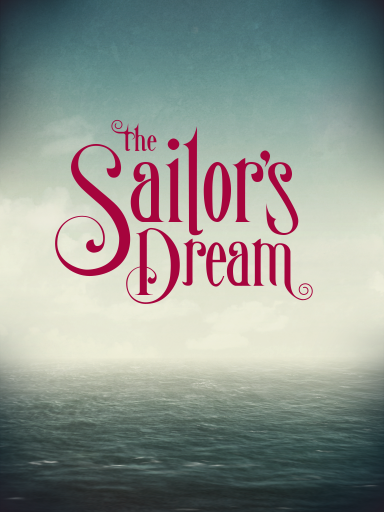
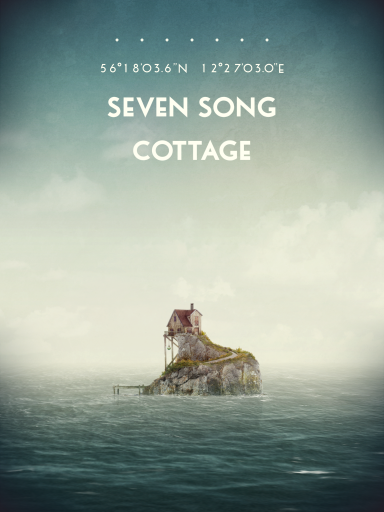

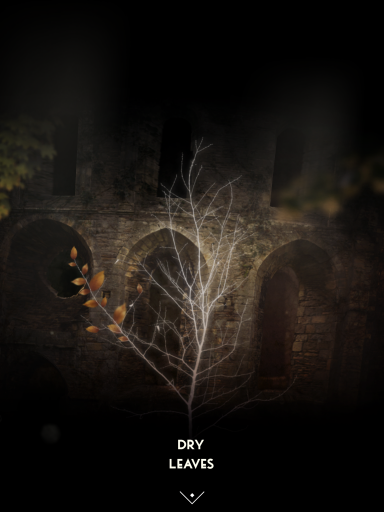
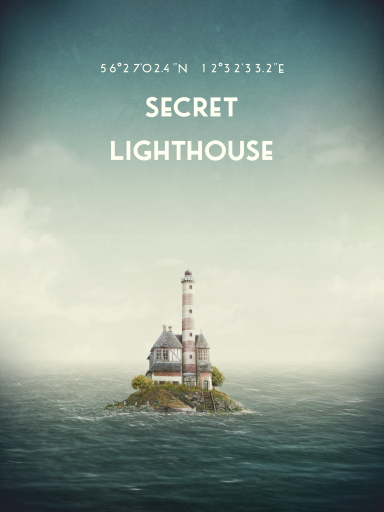

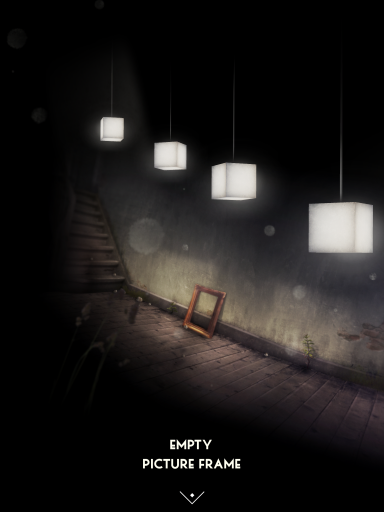
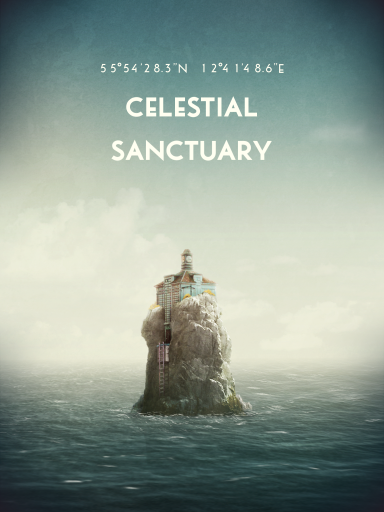
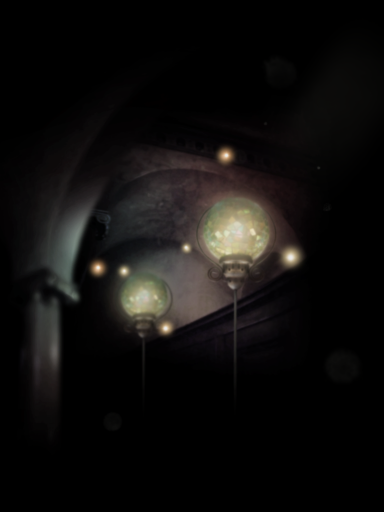
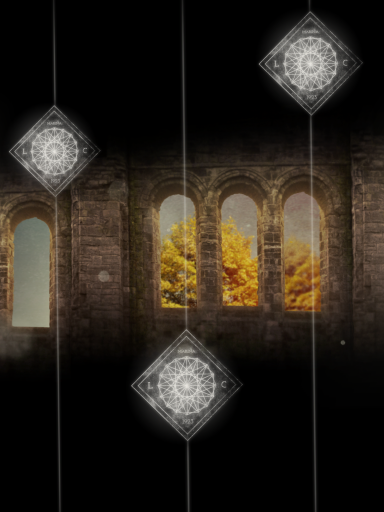
One of the first things we needed to figure out was to make a believable ocean. Early on, we had a vision for the ocean feeling endless, and that it should wrap around. We tried many different 3D versions, but in the end we settled for a very effective solution which more or less just wraps a few 2D images on a perspective-skewed rectangle. Coupled with some parallaxing clouds and dust, and faked skewed reflections, the result became what we had strived for: a moving illustration.
Almost all art in and of the islands (which we called “dungeons” during development), are constructed of photographs. A lot of the interiors are mapped on 3D objects modelled after the 2D collages had been made, to create a depth effect, as players swipe through the different environments on pre-defined paths. These “paths” are actually not constructed with curves or paths, but are predetermined camera-animations, created in Maya.
Johanna Meijer drew all the AirPrint illustrations by hand. When we wrapped up the project. She had done an overwhelming amount of variations of each drawing, and brought us a folder with all of them when we wrapped up the projects.
All coordinates displayed by the islands correlates to real places. In 2015, we got an e-mail from a man who had decided to visit all of them.

Videos
We created several videos and teaser trailers for The Sailor’s Dream, to try and communicate its appeal. In hindsight, we thought a lot about if we had failed to communicate what the game was, if it even was a game. Perhaps we should not have tried to market it as a game at all? Through these thoughts, we realized that Simogo perhaps didn’t necessarily have to be bound by the medium of games in the first place.
To communicate this new direction, and to draw attention to The Sailor’s Dream, we set out to make a side story, as a radio play in podcast format. It was called The Lighthouse Painting, and was set in the same universe as The Sailor’s Dream.

Music
Music played a large part of the project. A lot of the interactions on the islands are music-based, and the entire genesis of the project came from a song.
Some years before the project started, Jonathan Eng had sent Simon a song he had written in 2010. The acoustic song
Quite late into the production, we came up with the idea of making a mini-musical of sorts, with seven songs linked to seven days of the week. We had the idea that each song would represent stages of the story, based on one character’s life, and that players would find these songs in bottles on the ocean. Jonathan spent the summer of 2014 writing songs at breakneck pace. He had a new song ready with lyrics, music and a recorded demo every week for seven weeks. During this time, we also needed to find a female singer for these songs. We asked around, and someone recommended Stephanie Hladowski, who we got in touch with and agreed to help us. We thought Stephanie had such a natural voice, always perfectly on tone, but far removed from a traditional pop voice. Her voice felt like the character we had imagined, a woman living on a cliff somewhere near a harbour town. Jonathan sent Stephanie his demos, and she came back with a suitable key and then he re-recorded the song in the “correct” key for her voice and got back vocal tracks and completed the song.
Jonathan Eng – Monday Demo

Game Credits
Art, sound & direction
Simon Flesser
Programming
Magnus “Gordon” Gardebäck
Story
Jonas Tarestad
Music
Jonathan Eng
Print illustrations
Johanna Meijer
Songs of the week vocals
Stephanie Hladowski
Recording
Peter Smith, Dub Lab Studio
The radio voice
R Bruce Elliott
Voice direction and production
Christopher Sabat, Okratron 5000

Reviews, Press & Awards
Reviews
Metacritic
TouchArcade
PC Mag
Press
Eurogamer: Games of 2014: The Sailor’s Dream
The Verge: ‘The Sailor’s Dream’ is the best way to chill out on an iPad
Kill Screen: The Sailor’s Dream is a labyrinth, an instrument, a place
Awards
Audio Achievement at BAFTA Games Awards 2015 (Nominated)
Music at BAFTA Games Awards 2015 (Nominated)
Excellence in Audio at Independent Games Festival 2015 (Nominated)
Best Artistic Achievement at Nordic Game Awards 2015 (Nominated)
App Store Editors’ Choice (Runner-Up)

